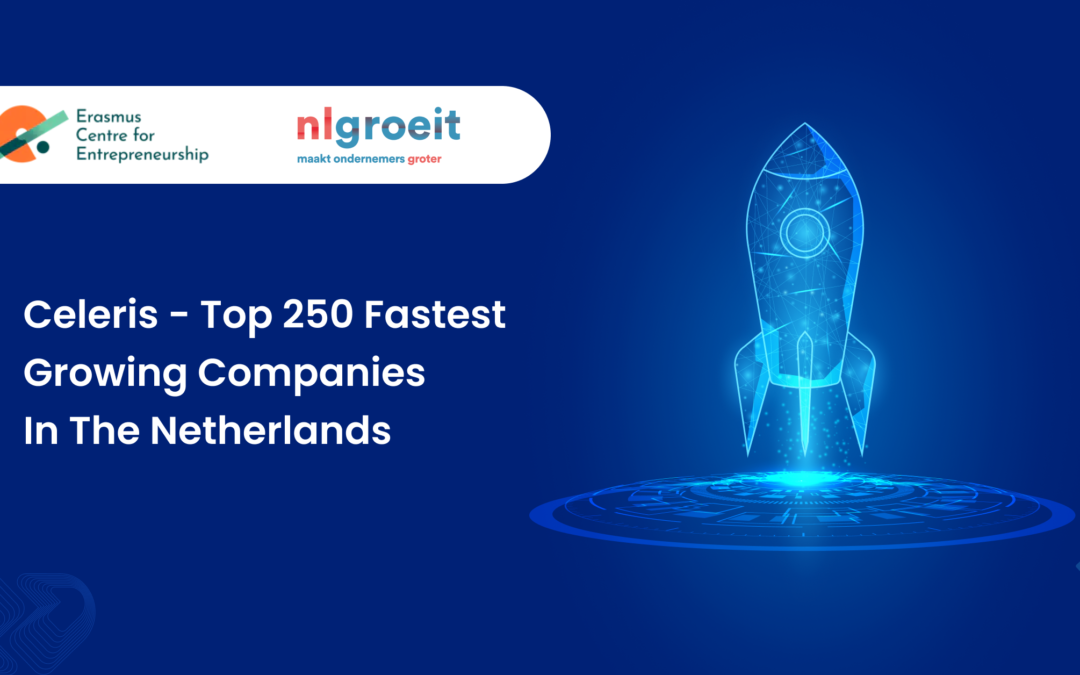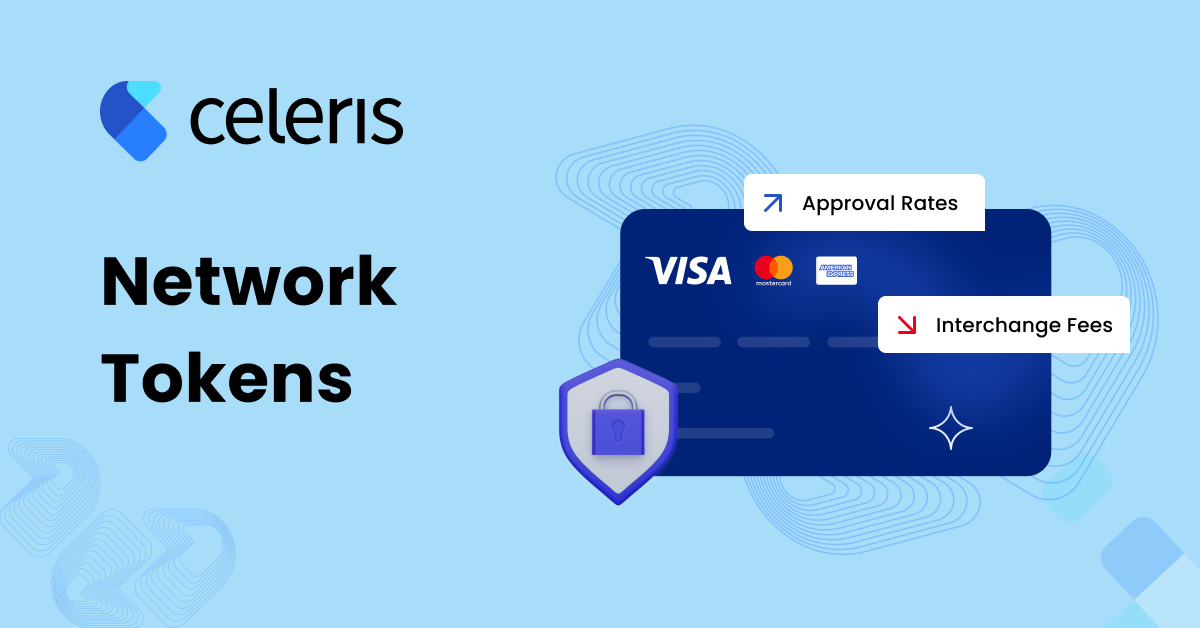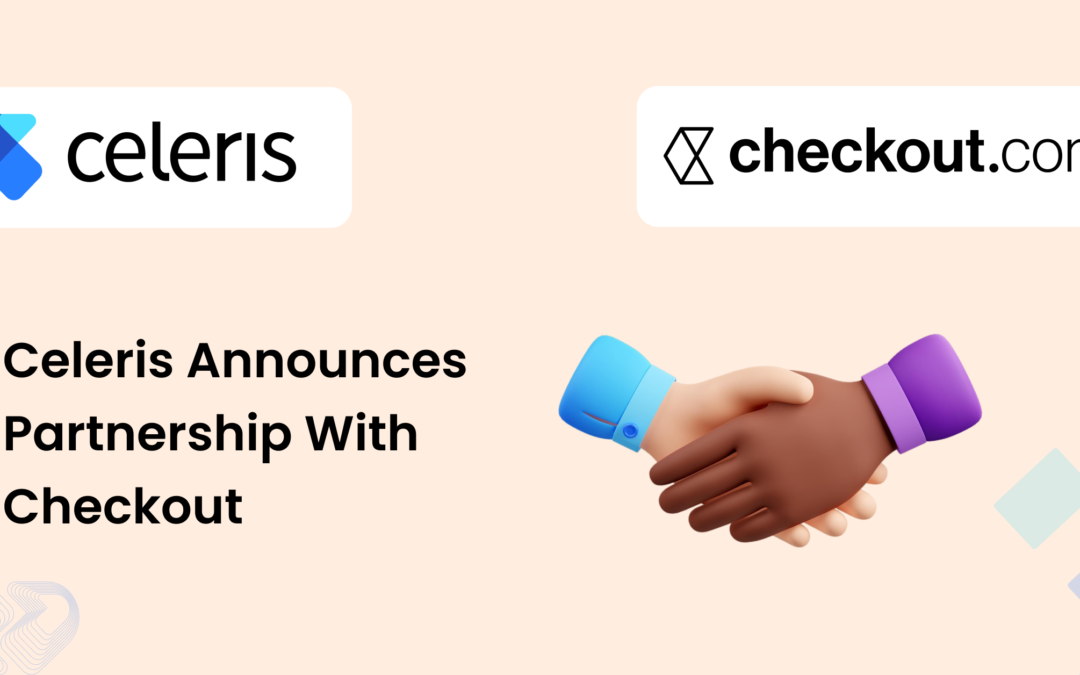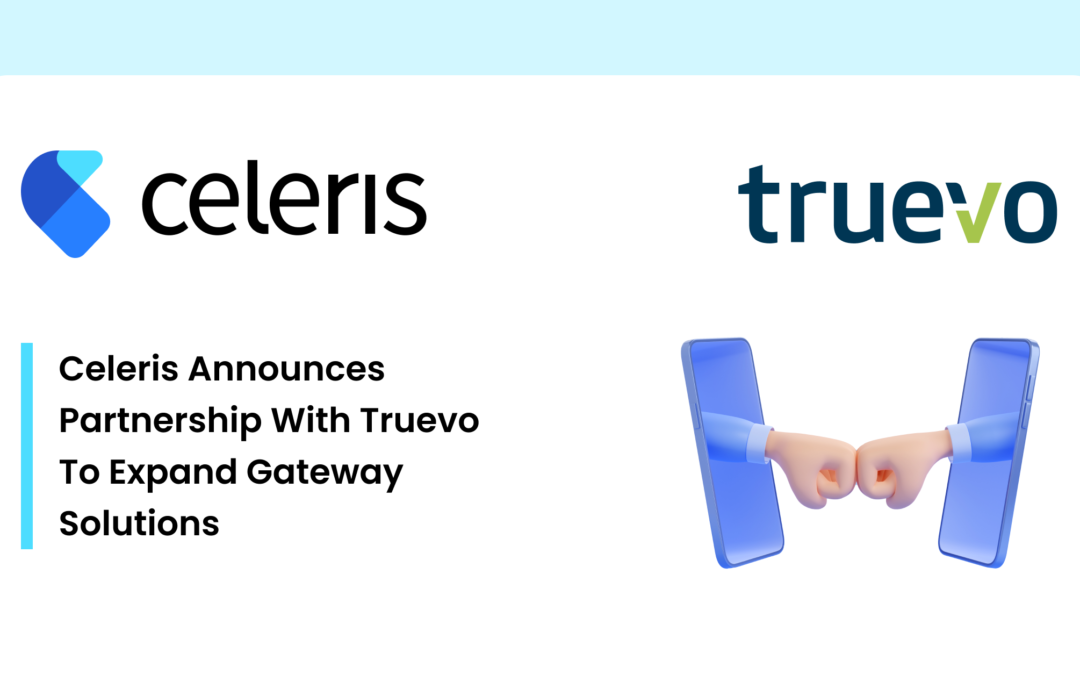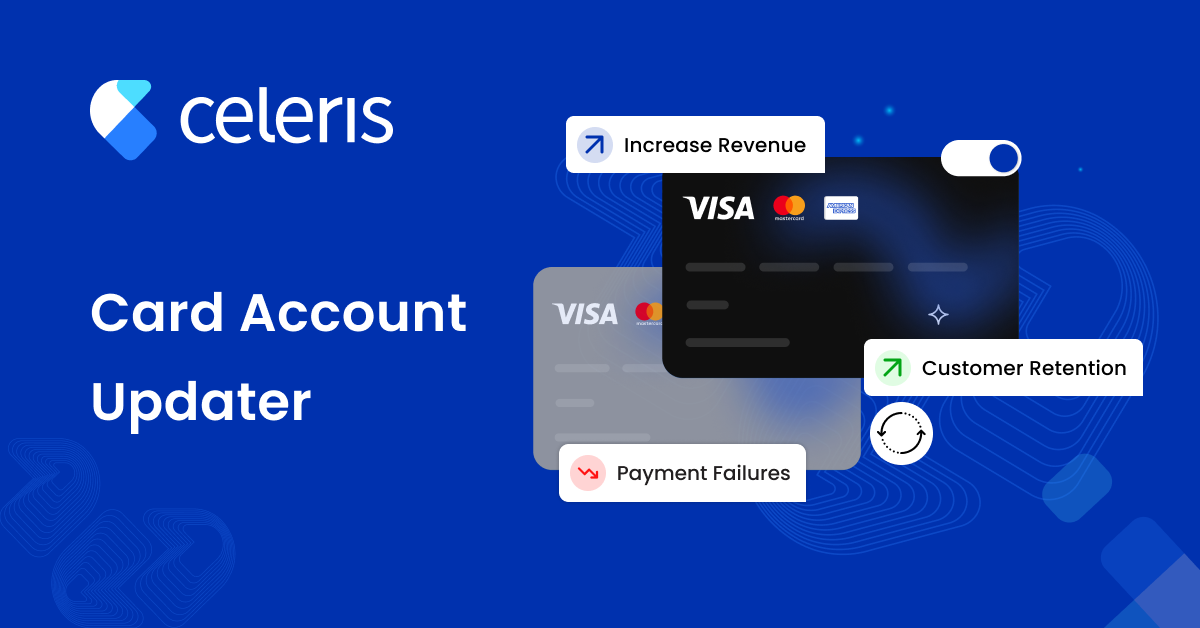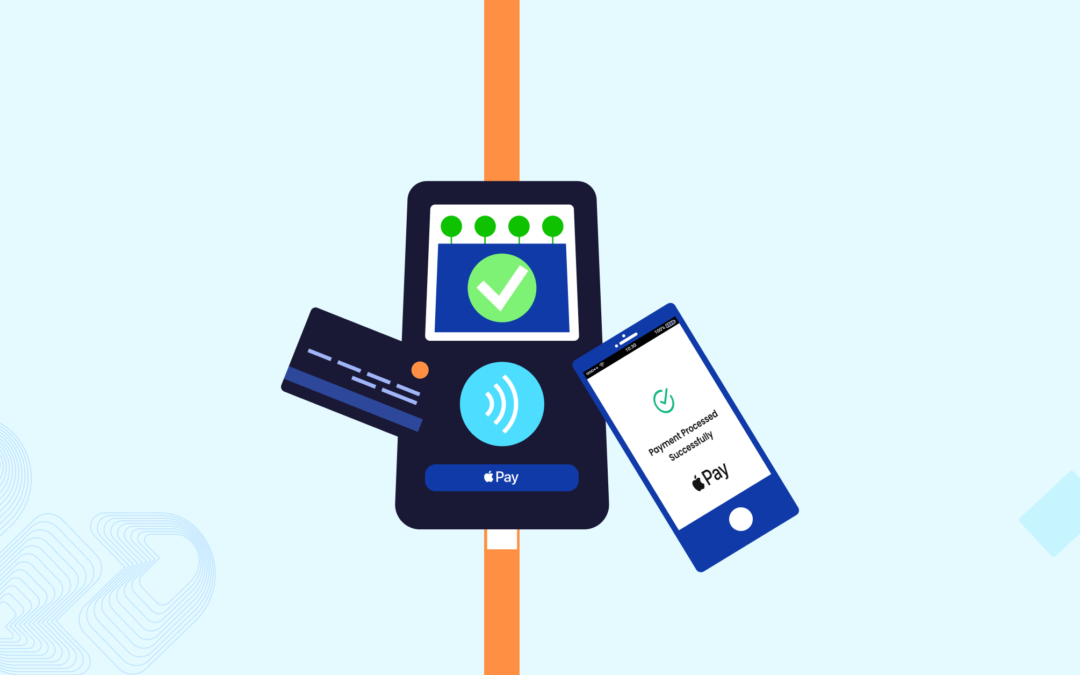Paysafe Limited is a multinational online payments company providing businesses with payment processing and digital wallets.
- Resource
- /
- Frictionless 3DS 2.2 Implementation – The Challenges
Contents
Recommended Articles
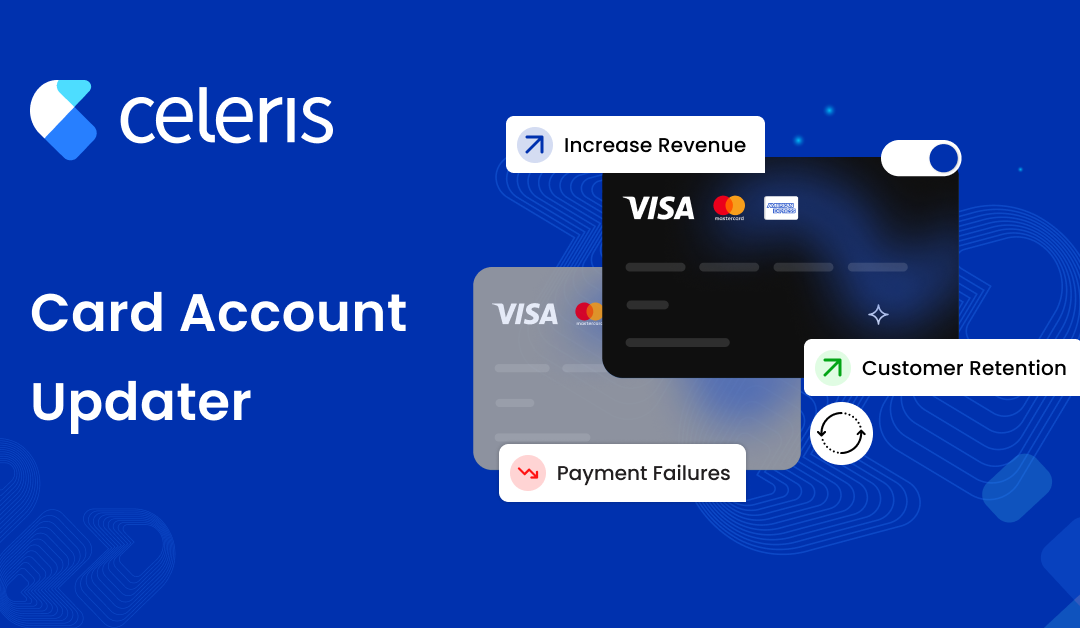
Improve Subscription Success Rates by Tackling Outdated Card Info: A Guide for Businesses
November 19 2024 | Blog
Introduction The subscription-driven economy is booming, seamless payment processing is the lifeblood of businesses offering recurring services and subscription-based payment options. Whether it's a monthly streaming service, a subscription box, or monthly repayment...
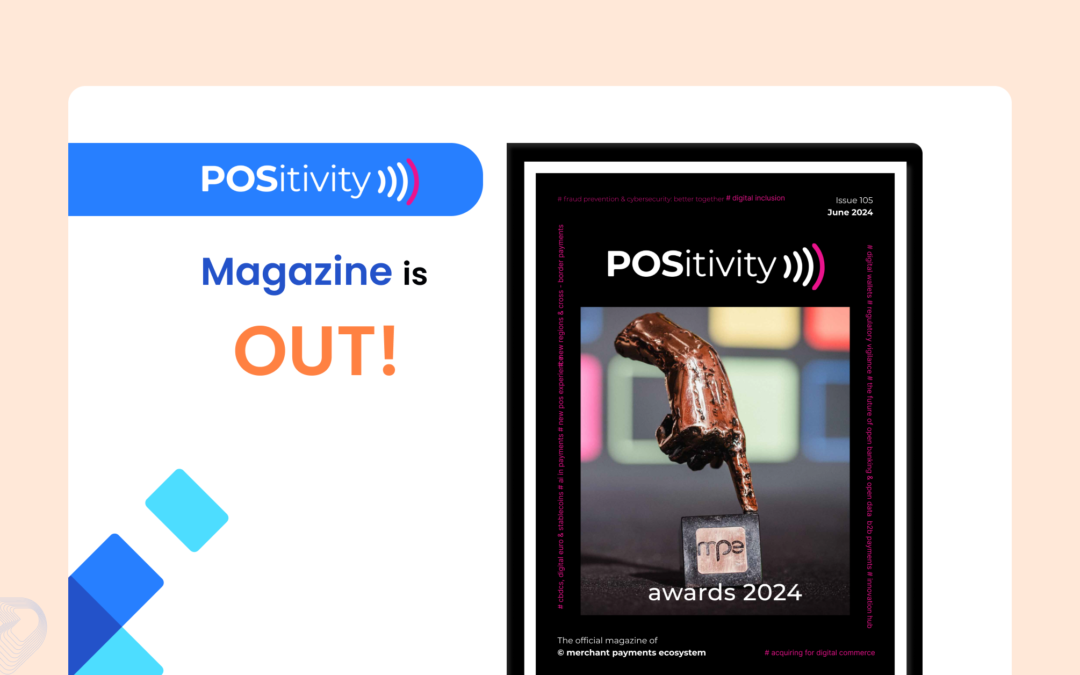
Celebrating Celeris’ Recognition in POSitivity Magasine for Winning the MPE Award
July 11 2024 | Blog
Celebrating Celeris' Recognition in POSitivity Magazine for Winning the MPE AwardWe are excited to share that Celeris has been featured in the latest issue of POSitivity Magazine. This coverage celebrates our win of the prestigious MPE Award for Best Payments...
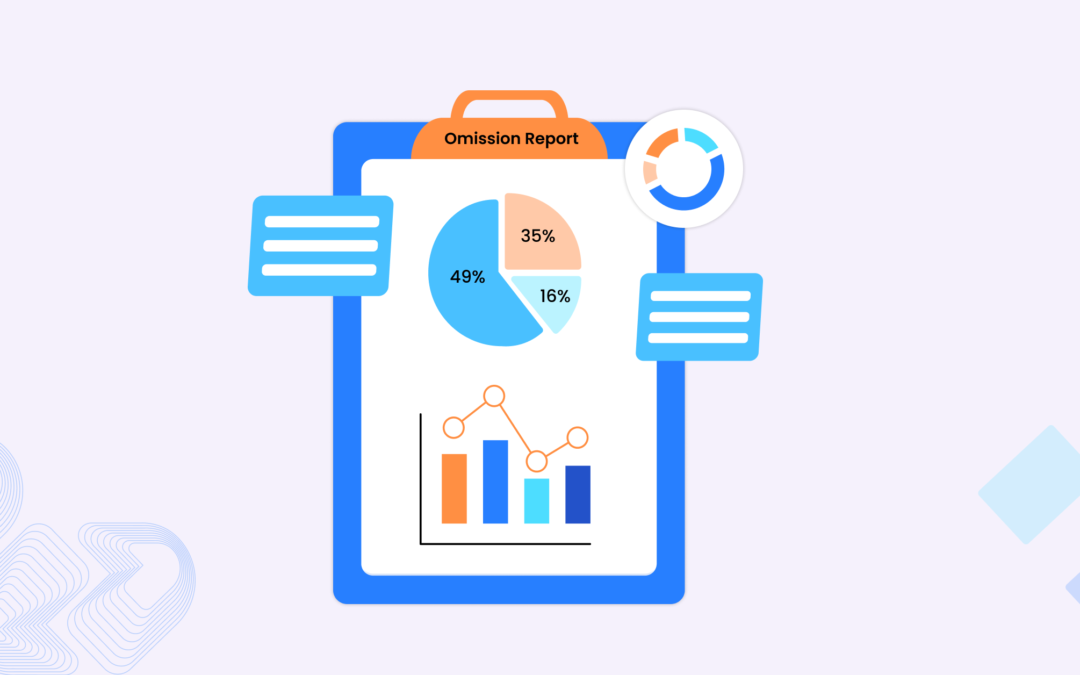
Unveiling the Power of Omission Reporting in Online Payment Management
May 23 2024 | Blog
Introduction In the ever-evolving landscape of online transactions, an unyielding commitment to precision and oversight is paramount for the financial departments and the individuals responsible for online payments with e-commerce merchants. Faced with the intricate...
Share This Post
Frictionless 3DS 2.2 Implementation – The Challenges
March 30, 2021
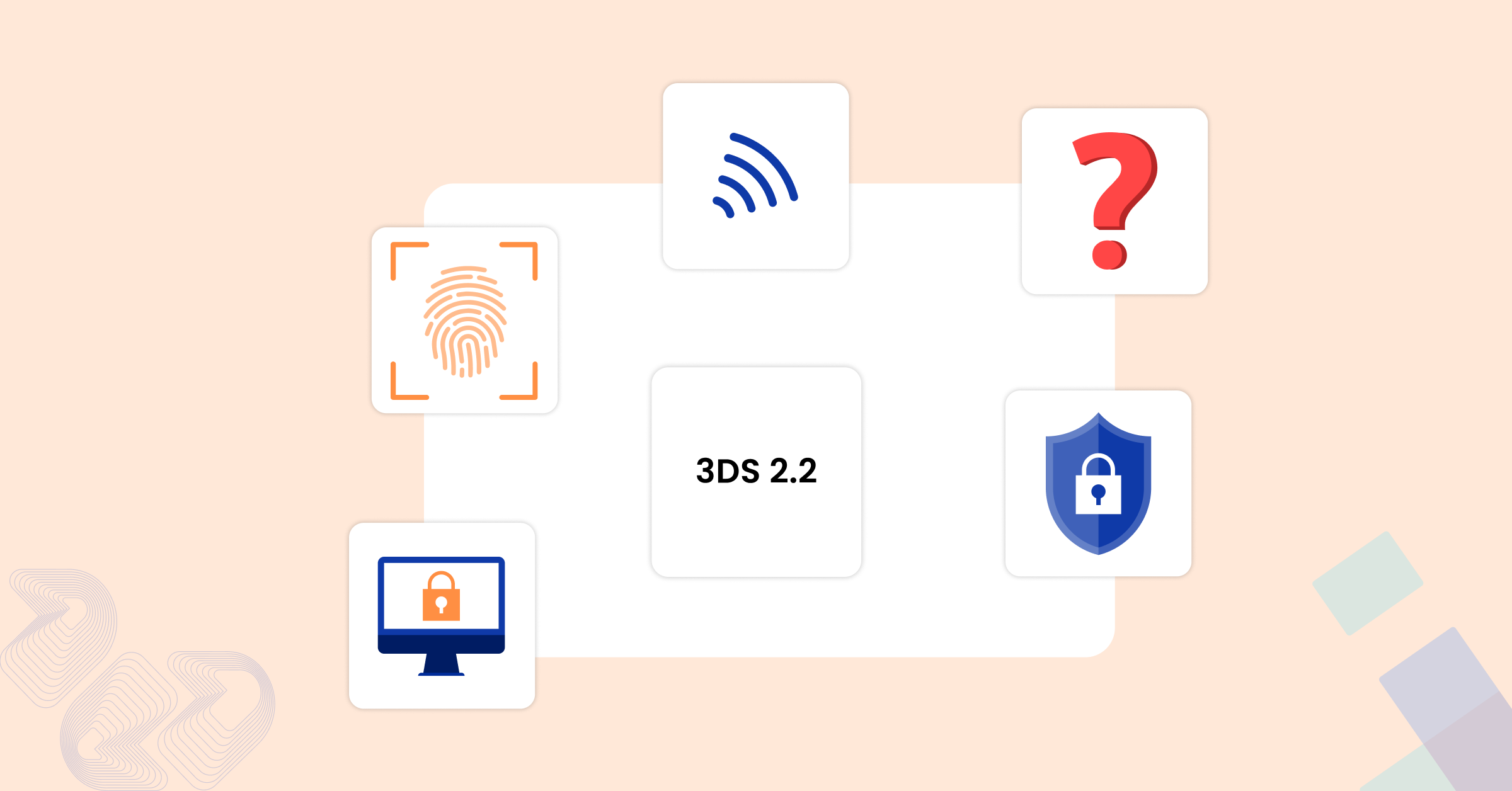
Contents
Introduction
The recent deadline for PSD2’s SCA implementation has been making headlines for quite some time now. Surely, this is a significant regulatory development in the market. However, the noteworthy amount of attention it has received can also be attributed to the arising issues of 3DS2 implementation. Although, transitioning to 3DS2 brings many new benefits when compared to 3DS1, its implementation can be cumbersome and present many challenges in itself. So let us now take a look at these key challenges and discuss the importance of a frictionless 3DS 2 implementation.
What are the main challenges of 3DS2 implementation?
Lack of awareness is the key challenge associated with the 3DS2 implementation; as it exists among customers, merchants, and banks alike. To begin with, the customers, who ultimately make the payment, had little to no idea of the regulatory changes and the upcoming 3DS2 authentication. Therefore, when they first have to complete the transaction with 3DS2, many customers may drop-out and even get discouraged to return to the website if they believe it has been “hacked”. Merchants also lacked knowledge on 3DS2; they knew that it was coming, but did not understand what changes needed to be made on their end or simply did not have the technical know-how. Lastly, the biggest players – banks, are also mainly unprepared for 3DS2, even 2 months after the PSD2 deadline. While many issuers are simply not ready, those who are, often experience bugs and technical errors. Clearly, this illustrates that the knowledge gap is a significant hurdle when it comes to 3DS2 implementation.
Additionally, the rollout of 3DS2 has not been smooth either. This is due to the phased rollout strategy, which means many countries have not implemented or started enforcing it yet. This presents another difficulty for 3DS2 implementation, especially for cross-border merchants as they face fragmented requirements.
Finally, the application of the frictionless flow has also been causing issues with the 3DS2 implementation. Although it was promised that most 3DS2 transactions will be processed smoothly with few frictions, Celeris has observed that this has not been the case so far. Rather, the issuing banks are being conservative and requesting customer authentication more often
The importance of frictionless 3DS2 implementation
It is crucial to implement 3DS2 as smoothly as possible in order to decrease checkout frictions and customer dropouts. While some customers might be more accustomed to passwords, OTPs, or PINs, others are not, and so any additional friction might cause them to abandon the payment. These cultural preferences are present both between countries as well as within an individual country. Hence, it is important to recognize how critical a smooth 3DS2 implementation is for preventing some customer groups from dropping out.
Moreover, correctly implementing 3DS2 can potentially also reduce the fundamental frictions introduced by 3DS2 that might at first glance appear unavoidable. For instance, biometrics might initially seem like an upgrade to OTPs, however, the customer still needs to open the banking app for authentication. Obviously, this is just an added friction to the checkout. Nevertheless, if the payment gateway can request a frictionless transaction from the bank by providing them with more information on the customer’s transaction history, this issue can be prevented. Hence illustrating how good 3DS2 implementation can reduce numerous possible frictions.
Conclusion
In this blog, we took a look at the key challenges associated with 3DS2 implementation. The lack of awareness is surely the biggest challenge, as it is a persistent issue in all segments – amongst customers, merchants, and banks. Besides, the phased rollout strategy also introduced fragmented requirements, making implementation more convoluted for cross-border merchants. Lastly, the conservative approach adopted by issuing banks contributed to 3DS2 frictions. As discussed, it is crucial to address all of these implementation issues in order to prevent dropouts and checkout frictions. Hence, frictionless 3DS2 implementation is crucial to ensure and in the next blog, we discuss some possible solutions on how to improve the 3DS2 checkout experience. Check out part 2 Frictionless 3DS2.2 Implementation – The Solutions.
 Related Resource
Related Resource 
Share This Post
Build your business with Celeris

